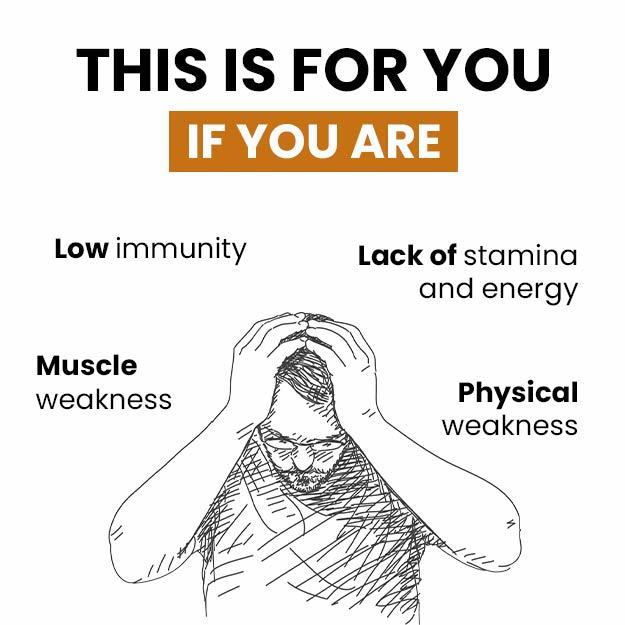One of the most popular - and important - debates in the exercise world is around the effectiveness of repetitive movements versus isometric hold exercises. For example: the benefits of ab crunches which is a repetitive movement versus planks which constitute an isometric hold.
In this comparison, planks outrank crunches as well as leg raises as planks recruit multiple muscles which in turn helps to burn more calories. Much like planks, wall sits are an isometric hold.
Wall sits are a terrific way to strengthen the core and legs, and increase the body’s stability and balance. Wall sits are also a great test of an individual's skill and strength: the longer one is able to hold the position, the better their overall strength and fitness levels.
Those having persistent problems or pain in the knees or hips could feel more strain while performing this exercise, hence it is important to seek advice from a certified fitness instructor.




















